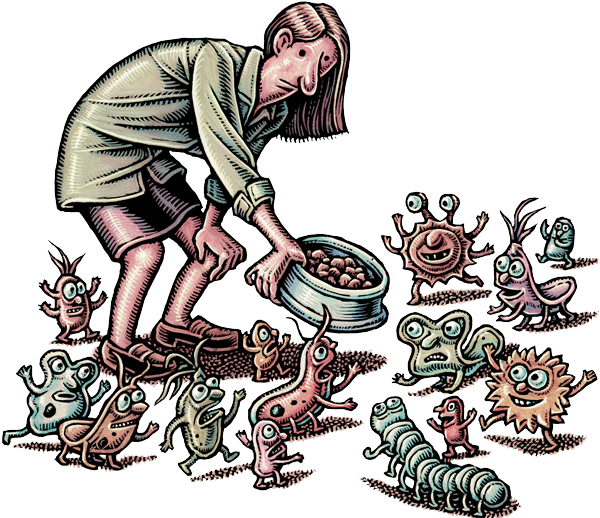What’s the difference between a probiotic and a prebiotic?
Five Facts About the Microbiome


What’s the difference between a probiotic and a prebiotic?

Linus Pauling, Oregon State’s most famous alumnus, spent the latter years of his life warning the world about the humanitarian and environmental threats posed by nuclear weapons. His international activism earned him the Nobel Peace Prize in 1962.

The seahorse has a tail with a grasping mechanism to cling to seaweed or coral reefs, which could be useful for robotics applications that need to be strong, but also energy-efficient.

Game-changing technology sometimes comes in small packages. For example, with two magnets and a lightbulb filament — a package thinner than a deck of cards — Joe Beckman and a team of Oregon State University collaborators may revolutionize the mass spectrometry (aka, “mass spec”) industry. Their device amplifies the sensitivity and precision of technology that is the workhorse of chemistry labs. And it requires minimal retooling of existing equipment.

Thousands of species of bacteria, viruses and fungi live on and in our bodies. Microorganisms teem in every pore and crevice, from mouth to stomach to intestines to colon.

Maneuvering a tiny boat over thundering ledges in places like Oregon’s Opal Creek Wilderness is no more dodgy than facilitating a series of community meetings in a tiny Coast Range town.